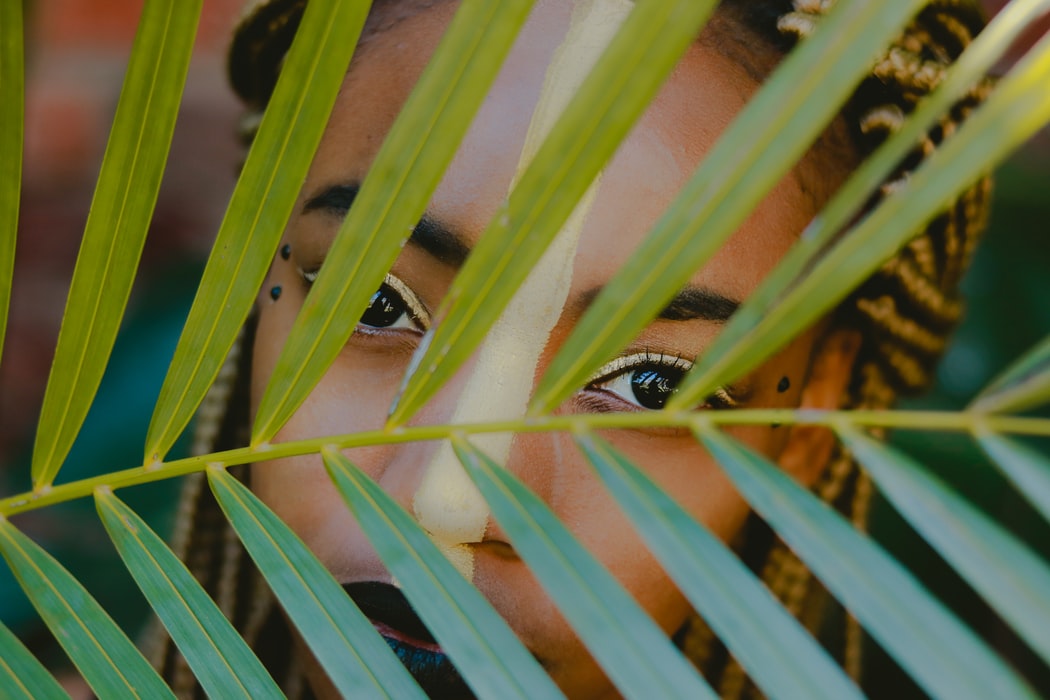“Ayahuasca turned on my mind’s eye”: Enhanced visual imagery after ayahuasca intake in a man with “blind imagination” (aphantasia)
Authors:
Rafael G. dos Santos, Scotty Enyart, José Carlos Bouso, Òscar Parés, and Jaime E. C. Hallak.
Journal:
Journal of Psychedelic Studies
Year:
2018
About the study
In October 2016, the authors were contacted by a 39-year-old man, Scotty Enyart, who claimed that ayahuasca improved his aphantasia. He was diagnosed with poor visual imagery in elementary, middle, and high schools.
An open-label study showed that, during an imagery task, ayahuasca induced significant activation in the primary visual area comparable to the activation levels of a natural image with the eyes open.
Considering that aphantasia has a low incidence but is usually lifelong and no treatment is available, future research should assess if people with aphantasia may improve after using ayahuasca or other serotonergic hallucinogens.
Abstract
Background and aims: Aphantasia (“blind imagination”) is a poorly described condition with an uncertain etiology, characterized by reduced or lack of voluntary visual imagery. Preliminary evidence in humans suggests that hallucinogenic or psychedelic drugs that act as agonists of cortical 5-HT2A receptors [lysergic acid diethylamide, psilocybin, and dimethyltryptamine (DMT)] enhance visual imagery.
Methods: Interview and description of the case are presented in this study.
Results: A man self-diagnosed with long-lasting aphantasia that he attributed to a traumatic separation from his father when he was young and to a difficult relationship with him described sustained improvements in his visual imagery following ingestion of a single dose of the South American botanical hallucinogen ayahuasca, which is rich in DMT. Although improvements were modest, they were sustained and significative for the subject.
Conclusions: It is suggested that the described improvements were possibly attributed to biological and psychological processes, including stimulation of cortical 5-HT2A receptors, subsequent increased activity in the visual cortex, enhanced imaginative and imagery capacities, and psychosomatic resolution of a previous psychological trauma. Further trials could elucidate the role of 5-HT2A agonists, especially ayahuasca, in aphantasia.
Photo by Rachel McDermott on Unsplash.
Categories:
Studies & papers
, Ayahuasca
Tags:
ayahuasca
, scientific research
, study
, psychedelics
, hallucinogens
, aphantasia

